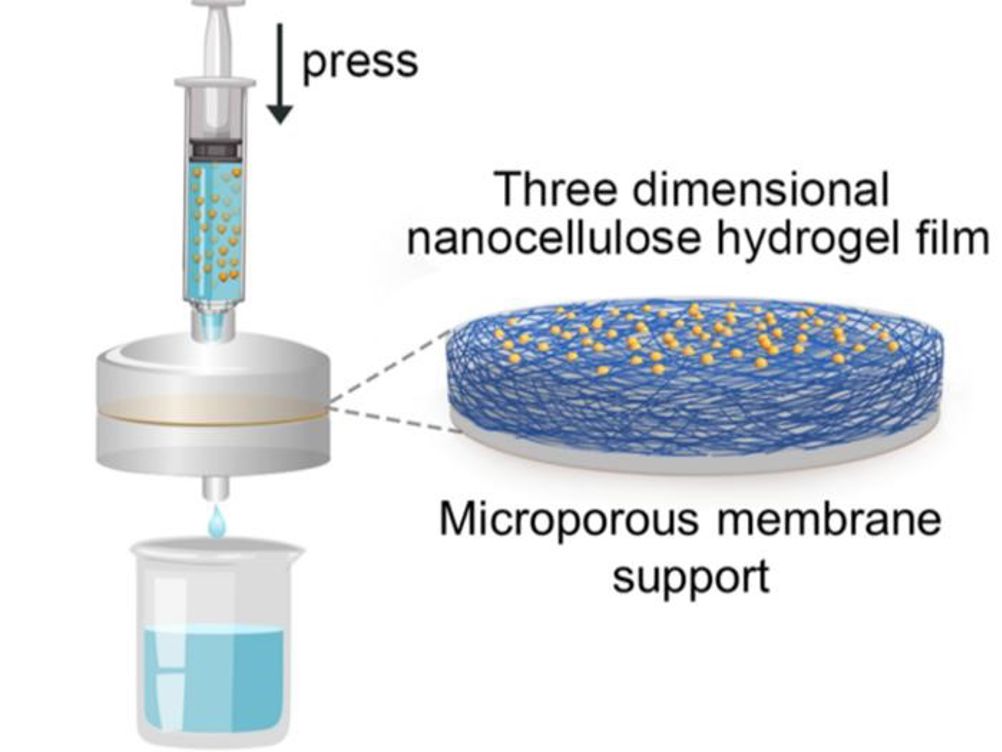The new filtration technology collects dirty water with a syringe and injects it into a hydrogel filter that removes ‘nearly all tiny particles,’ according to the researchers.
The researchers said the device offers advantages in cost, simplicity, effectiveness and sustainability compared to existing commercial options, giving users the ability to easily decontaminate water from nearby streams and rivers to make it drinkable.
In a statement, Guihua Yu, professor of materials science at the Cockrell School of Engineer’s Walker Department of Mechanical Engineering and Texas Materials Institute, said: “The pressing concern of particle-polluted water, particularly in remote and underdeveloped regions where people frequently rely on contaminated water sources for consumption, demands immediate attention and recognition.
“Our system, with its high efficiency in removing diverse types of particles, offers an attractive yet practical solution in improving freshwater availability.”
According to the researchers, current filtration devices mostly consist of filter paper and microporous membranes.
According to the research, these devices filter out roughly 40 per cent and 80 per cent of particles larger than 10nm, respectively.

In comparison, the researcher’s new system was found to remove ‘close to 100 per cent’ of these particles, when tested in several types of water sources, including muddy water, river water and water contaminated with microplastics.
The device, made of ‘low-cost, sustainable and readily available materials’ features an intertwined web of nanocellulose fibres that catch particles while the newly cleaned water passes through. The hydrogel films are biodegradable and can be used up to 30 times before they need to be replaced.
Researchers said they tested the technology using syringes as large as 1.5 litres, about 40 per cent of an individual’s daily drinking water needs and aim to develop the technology to use it at larger scales.
The study was motivated by the United Nations’ Sustainable Development Goal to improve drinking water standards and sanitation worldwide. Meeting this goal, according to the U.N., will require a six times increase in drinking water availability by 2030.
“The reality is, a large percentage of the world’s population lacks access to safe drinking water, even in places where fresh water sources are available,” said Chuxin Lei, lead author and a graduate student working in Yu’s lab.
“There is an urgent need for simple, universal, and efficient materials and devices for purifying particle-contaminated water, which should be able to help people around the world obtain clean water.”
Team members on the project include collaborators from Northeast Forestry University, Shanghai Tech University and Tsinghua University in China.
The research, published in Nature Sustainability, can be accessed here.











Arriva makes £300m tri-mode train order with Hitachi Rail
This development shows up the lack of a comprehensive nationwide network of electrified lines for passenger services and freight The glacial speed of...